Maintaining proper humidity levels is crucial for the health and well-being of horned frogs, commonly known as Pacman frogs due to their round shape and large mouths. These amphibians originate from the humid rainforests of South America, where they thrive in moist environments. Replicating these conditions in captivity requires careful attention to detail, as both excessive dryness and overly damp enclosures can lead to serious health issues. Understanding the natural habitat of these fascinating creatures is the first step toward creating an ideal living space for them.
The enclosure plays a significant role in humidity control. Glass terrariums with screen tops are popular choices, as they allow for proper ventilation while maintaining moisture. However, too much airflow can quickly dry out the substrate, necessitating frequent misting. Many experienced keepers recommend covering part of the screen with plastic or glass to reduce evaporation. The size of the enclosure also matters – smaller tanks tend to lose humidity faster than larger ones, requiring more frequent monitoring and adjustment.
Substrate selection directly impacts humidity retention. Coconut fiber, often sold as eco-earth, has become a favorite among horned frog enthusiasts due to its excellent moisture-holding capacity. When properly moistened, this substrate creates the damp environment these frogs need without becoming waterlogged. Sphagnum moss mixed with the substrate can provide additional humidity pockets where frogs can burrow. Avoid using gravel or sand, as these materials don't retain moisture and can cause impaction if accidentally ingested during feeding.
Water features within the enclosure contribute significantly to ambient humidity. While horned frogs aren't strong swimmers, a shallow water dish large enough for soaking helps maintain moisture levels through evaporation. Positioning this dish near the heat source accelerates evaporation, creating localized humidity. Some keepers incorporate small waterfalls or foggers, though these require careful monitoring to prevent excessive dampness that could lead to bacterial growth or respiratory infections in the frogs.
Misting routines form the backbone of humidity maintenance. The frequency depends largely on your local climate and enclosure setup. In drier environments, misting two to three times daily might be necessary, while more humid areas may require only once-daily spraying. Use dechlorinated water at room temperature to avoid shocking the frogs. Automated misting systems can provide consistency for keepers with busy schedules, though manual misting allows for closer observation of the frogs and their environment.
Humidity monitoring demands more than guesswork. Digital hygrometers placed at both the warm and cool ends of the enclosure provide accurate readings. The ideal range fluctuates between 60-80% humidity, mimicking the natural variations horned frogs would experience in the wild. Nighttime humidity can safely rise slightly higher than daytime levels. Keep a log of readings to identify patterns and adjust your maintenance routine accordingly. Remember that different life stages may have slightly different requirements, with juveniles often needing slightly higher humidity than adults.
Seasonal changes present unique challenges in humidity control. Winter months often bring drier air, especially in heated homes, requiring more frequent misting and possibly the addition of a humidifier in the room. Summer might necessitate reducing misting frequency if natural humidity rises. Always make adjustments gradually to avoid stressing the frogs. Some keepers create seasonal protocols, changing substrate depth or water dish size as weather patterns shift throughout the year.
Proper ventilation balances humidity retention with air quality. While high humidity is desirable, stagnant air can lead to mold growth and respiratory problems. The enclosure should allow for some air exchange without creating drafts. If condensation consistently forms on the glass, it may indicate excessive humidity and insufficient ventilation. Adjust coverings on screen tops or increase air circulation slightly until the balance is restored. A small computer fan mounted on a timer can help circulate air without dramatically affecting humidity levels.
Health issues related to improper humidity manifest in various ways. Dehydration appears as sunken eyes, lethargy, and difficulty shedding. Prolonged exposure to low humidity can lead to kidney problems and other systemic issues. Conversely, excessive humidity combined with poor ventilation often results in bacterial or fungal skin infections. Respiratory distress, shown by open-mouth breathing or unusual postures, may indicate either extreme. Regular observation helps catch these symptoms early, allowing for prompt adjustments to the enclosure conditions.
Breeding horned frogs requires particular attention to humidity cycles. Many breeders simulate rainy seasons by gradually increasing humidity over several weeks before introducing pairs. Egg clutches need consistently high humidity without being waterlogged, often achieved by using incubation containers with moist paper towels or sphagnum moss. Tadpoles require aquatic conditions, but metamorphosing froglets need carefully balanced humidity as they transition to land. Successful breeding programs meticulously document humidity parameters at each stage to replicate optimal conditions.
Advanced techniques for humidity control include creating humidity gradients within the enclosure. By positioning moist hides or sphagnum moss piles at one end, frogs can self-regulate their exposure. Some keepers install humidistats connected to fogging systems that automatically activate when humidity drops below set parameters. These systems, while expensive, provide unparalleled consistency. Another method involves using live plants, which contribute to humidity through transpiration while enhancing the enclosure's natural aesthetics.
Common mistakes in humidity management often stem from overcompensation. Novice keepers may panic when seeing a low hygrometer reading and completely saturate the enclosure, creating harmful conditions. Others rely solely on visual cues without using proper measuring devices. It's crucial to understand that brief fluctuations are normal and less stressful than constant, dramatic adjustments. Developing patience and learning to interpret the frogs' behavior often proves more valuable than reacting to every minor humidity change.
Long-term humidity maintenance benefits from establishing routines. Designate specific times for misting, substrate changes, and equipment checks. Keep spare hygrometers to verify accuracy, as these devices can drift over time. When going on vacation, arrange for knowledgeable caretakers who understand the importance of maintaining proper humidity levels. Document everything in a care journal, noting what works and what doesn't, creating a valuable reference for troubleshooting future issues.
Research continues to refine our understanding of horned frog humidity requirements. Recent studies suggest that microclimates within the enclosure may be more important than overall humidity averages. Some experts advocate for creating varied moisture zones that allow frogs to choose their preferred conditions throughout the day. As we learn more about the subtle differences between various horned frog species and their native habitats, captive care practices continue evolving toward ever more precise humidity management techniques.
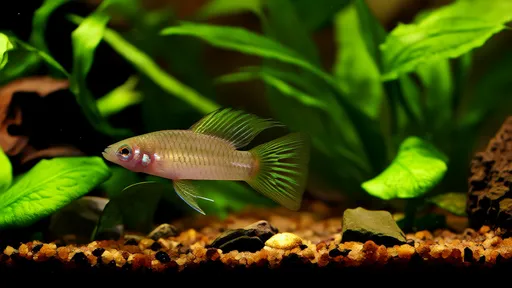
By /Jun 28, 2025
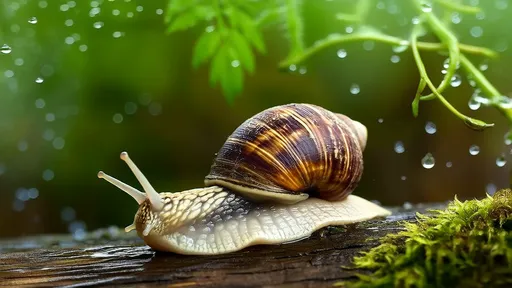
By /Jun 28, 2025
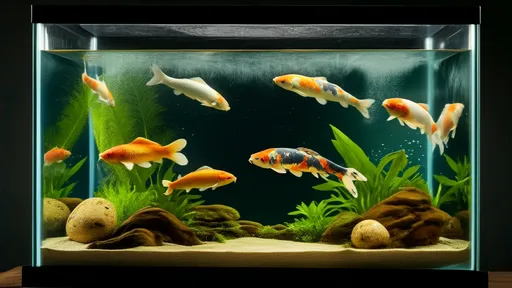
By /Jun 28, 2025

By /Jun 28, 2025
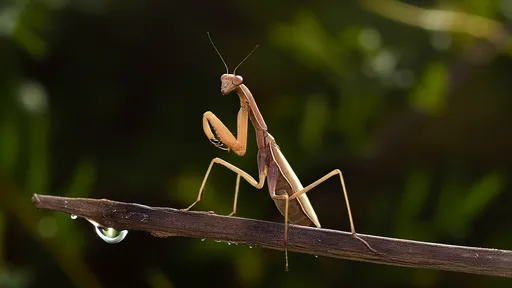
By /Jun 28, 2025
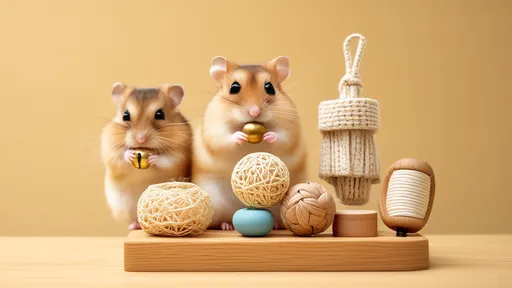
By /Jun 28, 2025
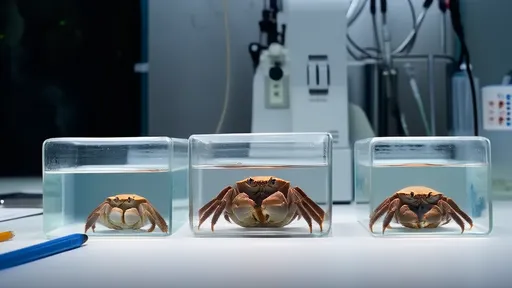
By /Jun 28, 2025
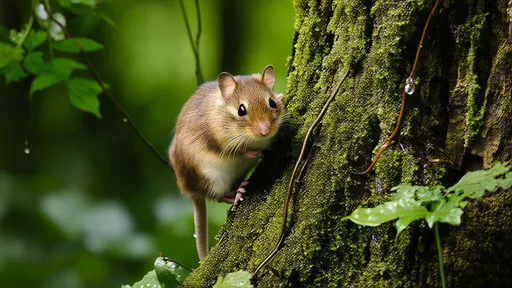
By /Jun 28, 2025
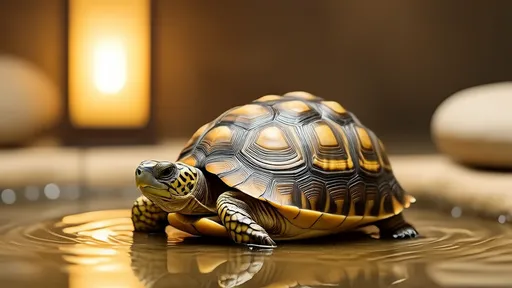
By /Jun 28, 2025
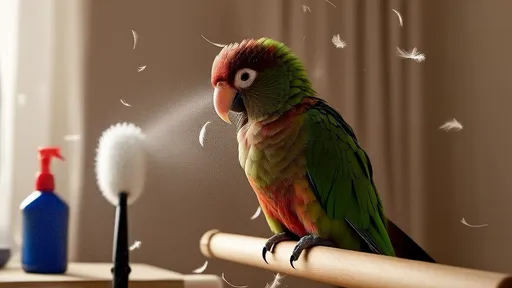
By /Jun 28, 2025

By /Jun 28, 2025
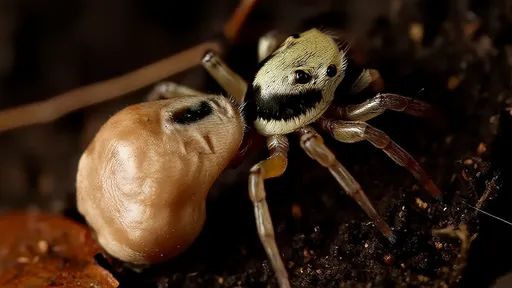
By /Jun 28, 2025
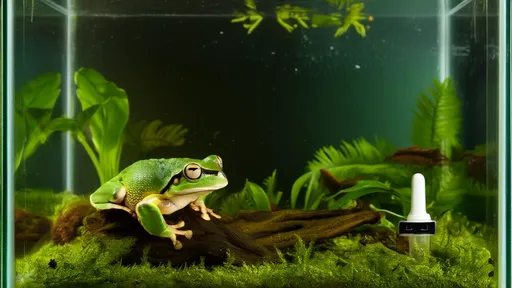
By /Jun 28, 2025

By /Jun 28, 2025
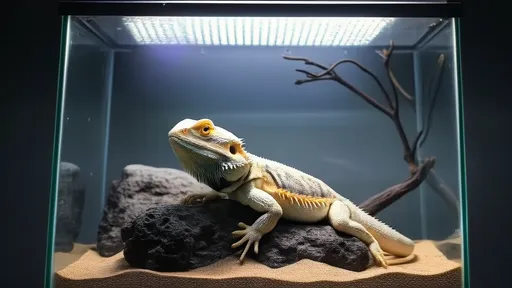
By /Jun 28, 2025
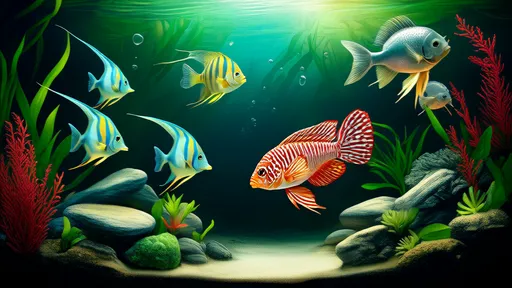
By /Jun 28, 2025
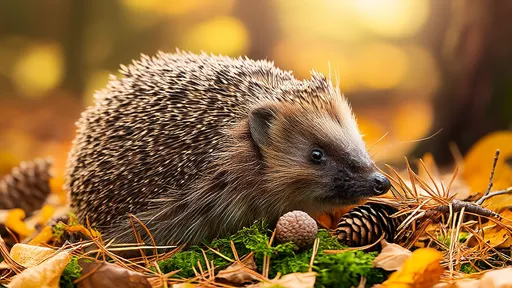
By /Jun 28, 2025